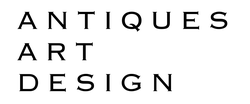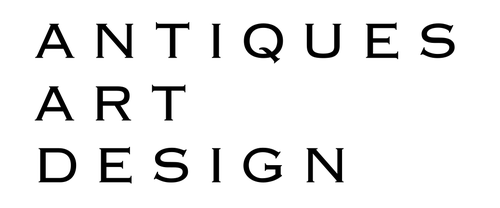Show Time
Never shown before in Australia, an extremely rare equal hour horary quadrant showing the Badge of King Richard II, and dated 1396. (Brass 88mm radius 112.4grms)
One of the few known dated instruments of the 14th century (estimated to be less than ten) and the second oldest known British scientific instrument, (the oldest being the Chaucer Astrolabe), it is the earliest known of a group of four associated quadrants, dated 1398, 1399 and the last undated but estimated to be made for 1400. Two of these reside in the British Museum and the other in the Dorset County Museum.
This marvel of mathematical achievement allowed the user to calculate the time, day, date, calculate the festival of Easter and also the occurrence of the Summer and Winter solstices in both regular and leap years. The Moors in Spain introduced this Middle Eastern technology to Europe.
The front of the instrument (the plainer side) shows equal hours: a surprisingly new concept of the period. Previously the hours of daylight and darkness were each divided into twelve equal parts regardless of the season and therefore the length of an hour would vary according to the time of year.
Along the top edge is a pair of pinholes through which the sun was sighted, and at the apex, a hole that would have probably contained a rivet for attaching a plumb line with a sliding bead on the string to mark the hour.
The reverse (the more decorated side) shows a calendar and indicates the degrees for the position of the sun above the horizon at noon as well as a table of leap years. It is from this information, that it can be calculated that this quadrant was made for use in the region of London. The reverse also shows the date 1396.
The most obvious decoration on the reverse is the engraving of a “lodged and gorged hart”; the crowned white stag lying chained was Richard II ‘s badge and features on the Wilton Diptych (a portable Altar piece made for Richard II), both in images on the outside of the diptych and depicted in the jewellery worn by Richard II in the painting.
There is a remarkable similarity between the pose on the Wilton Diptych and that shown on the quadrant as some other images of Richard II’s badge show the chain wrapped around the body of the stag not lying in front as on both the diptych and the quadrant.
The 1396 quadrant will form the centerpiece of the three rooms display at the AAADA Fair in the Kensington Room at Randwick Race Course in Sydney, 21st to 25th August 2013.




